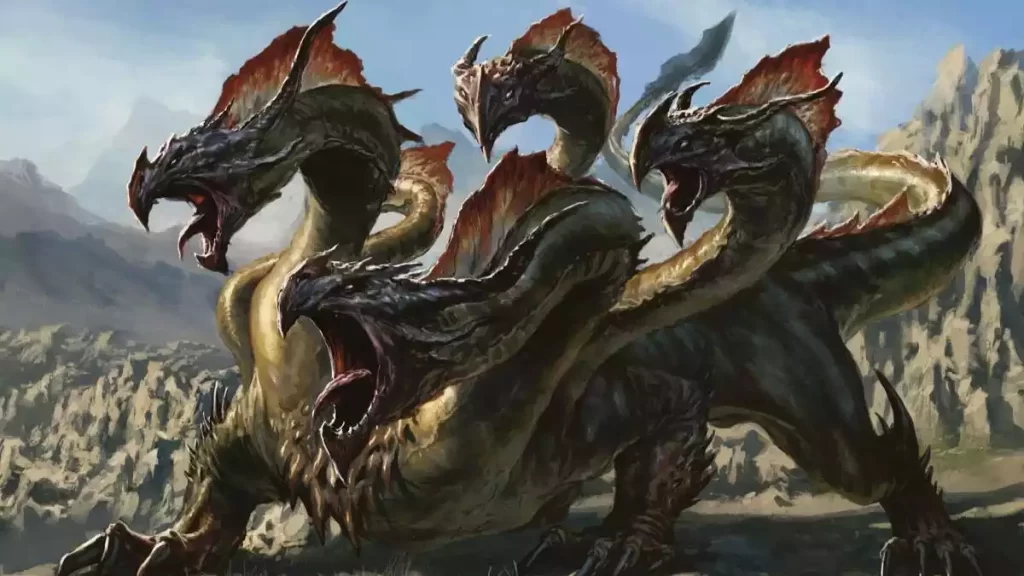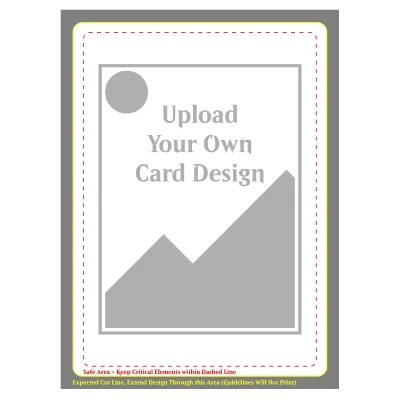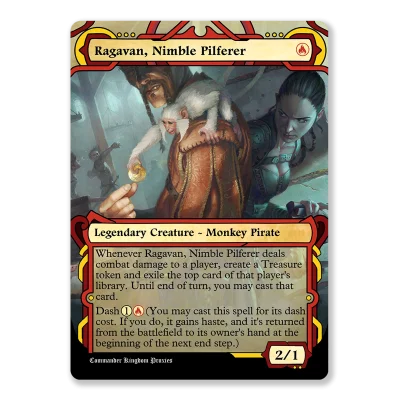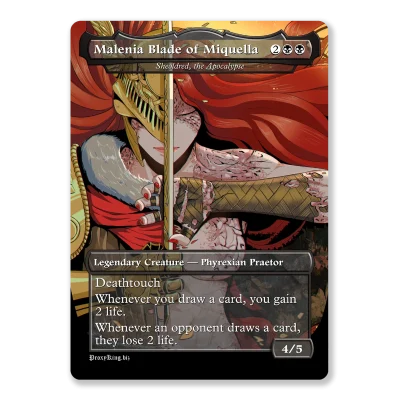Monstrosity is a distinctive and powerful mechanic in the Magic: The Gathering (MTG) game, characterized as an activated ability. The term “monstrosity N” in the game refers to paying a specific mana cost to place N number of +1/+1 counters on the creature, provided the creature is not already monstrous. Upon activation of this ability, if the creature is not already monstrous, it becomes monstrous – a state that indicates the creature has maximized its potential in size and power. The key aspect of Monstrosity is that it is a one-time effect; once a creature becomes monstrous, it cannot become monstrous again.
Background and Introduction
Monstrosity was introduced to players in the Theros block, a series of MTG expansions steeped in Greek mythology themes and imagery. Theros, a plane in the MTG multiverse, is a realm where gods, heroes, and monsters are integral to the lore and gameplay. As a mechanic, Monstrosity fits seamlessly into this mythological narrative, embodying the thematic elements of growth, transformation, and the unleashing of latent power.
In the context of Theros, Monstrosity represents the awakening or emergence of the true might of the creatures that inhabit this mythic plane. It echoes the tales of Greek mythology where heroes and creatures often underwent transformations to reveal their true, often formidable, nature.
How Does Monstrosity Work in MTG?
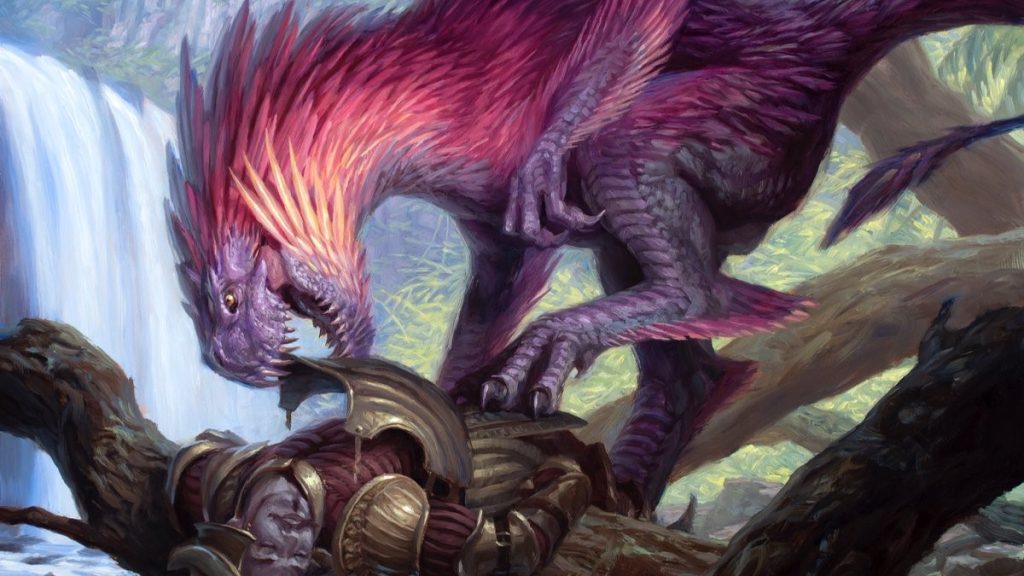
Monstrosity is a Magic: The Gathering (MTG) mechanic that operates as an activated ability. This means it can be activated whenever you can pay for it. When the monstrosity ability resolves, it checks if the creature is already monstrous. If it isn’t, the ability adds a specified number of +1/+1 counters to the creature, making it monstrous.
A key aspect of Monstrosity is that it can only be used while the creature isn’t already monstrous. This means that once a creature becomes monstrous, it can’t become monstrous again, making the monstrosity ability a one-time use per creature. However, if you have sufficient mana, you could activate Monstrosity multiple times before the first one resolves. But once the first instance resolves, the creature becomes monstrous, and any other instances on the stack will fail since the creature is already monstrous.
It’s also important to note that Monstrosity is an activated ability, not a casting cost. Therefore, it doesn’t count as casting a spell. Furthermore, suppose a creature with a monstrosity ability is removed in response to activating the ability (e.g., through a spell or effect that destroys or exiles it). In that case, the ability does nothing as it resolves because the creature is no longer on the battlefield.
Many creatures with Monstrosity also have triggered abilities that activate when they become monstrous. This added dimension can make them particularly valuable in certain gameplay situations. However, monstrosity costs are often higher than the original cost of the creature, reflecting the increased power and size the creature gains through this ability.

Strategic Implications of Monstrosity
The High Mana Cost Associated with Monstrosity and Its Impact on Gameplay
Monstrosity often comes with a significant mana cost, which can have various strategic implications in gameplay. The high cost means that activating Monstrosity is usually a late-game play, requiring players to carefully manage their resources and plan their strategies around having enough mana available. This can create tension between developing one’s board presence and saving mana for activating Monstrosity. In some cases, the cost may also limit the player’s ability to respond to other threats or opportunities on the board.
Balancing the Power of Monstrous Creatures in a Deck
Incorporating monstrous creatures into a deck requires careful balancing. While these creatures can be powerful and game-changing once their Monstrosity is activated, their high mana activation cost must be considered. A deck with too many high-cost creatures may need help in the early game or when mana is limited. Therefore, players must balance their deck with a mix of low, medium, and high-cost cards, ensuring they can play effectively throughout the game.
Timing and Resource Management
The tactical use of Monstrosity revolves primarily around timing and resource management. Deciding when to activate Monstrosity can be crucial. Doing it too early may save resources that could be used for other plays, while doing it too late may miss opportunities to gain advantage or turn the game’s tide. It’s also important to consider the board’s state and the opponents’ potential responses. For example, activating Monstrosity, where the opponent can easily remove the creature, might be a waste of resources.
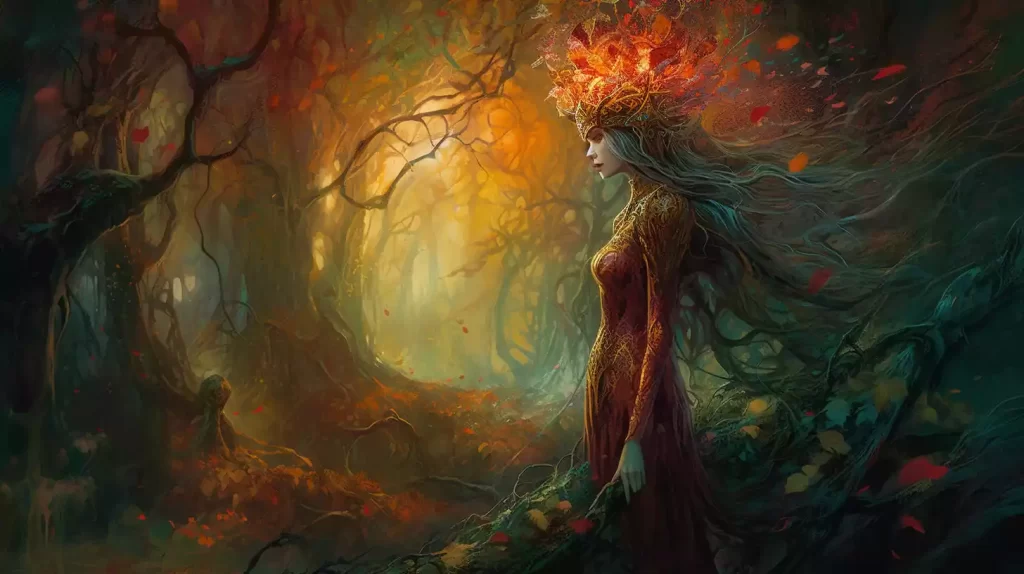
Monstrosity Synergies with Other Abilities
While unique and powerful, the monstrosity mechanic in Magic: The Gathering doesn’t inherently synergize with many other mechanics because it is an activated ability focused on making creatures larger.
However, specific interactions can still be beneficial. For instance, increasing a creature’s size with Monstrosity can enhance the effectiveness of abilities like Trample, where larger creatures can deal more damage to the opponent. Additionally, when combined with Proliferate, which adds more counters to a creature, Monstrosity can make a creature significantly stronger.
There is limited direct interaction with other mechanics like Deathtouch, Exile, Flicker, and Blink, as Monstrosity primarily focuses on size enhancement rather than synergizing with these abilities. The strategic use of Monstrosity in deck building often revolves around its role in midrange or late-game scenarios due to the typically high mana cost associated with activating it.
Noteworthy MTG Cards with Monstrosity
Polukranos, World Eater: This card is a Legendary Creature — Hydra. It can become monstrous for {X}{X}{G}, where X is the number of +1/+1 counters you wish to put on it. When Polukranos becomes monstrous, it deals X damage divided as you choose among any number of target creatures your opponents control, with each of those creatures dealing damage equal to its power to Polukranos. This ability makes Polukranos a formidable presence on the battlefield, capable of clearing multiple smaller creatures or significantly damaging larger ones. Its flexible monstrosity cost allows for varied strategies depending on the game situation.

Arbor Colossus: Arbor Colossus is a Creature — Giant with a power and toughness of 6/6 and the reach ability, allowing it to block creatures with flying. Its monstrosity ability costs {3}{G}{G}{G} and, when activated, puts three +1/+1 counters on it, making it a 9/9 creature. Importantly, when Arbor Colossus becomes monstrous, it destroys a target creature with flying controlled by an opponent. This makes it an excellent defensive card against decks that rely heavily on flying creatures.
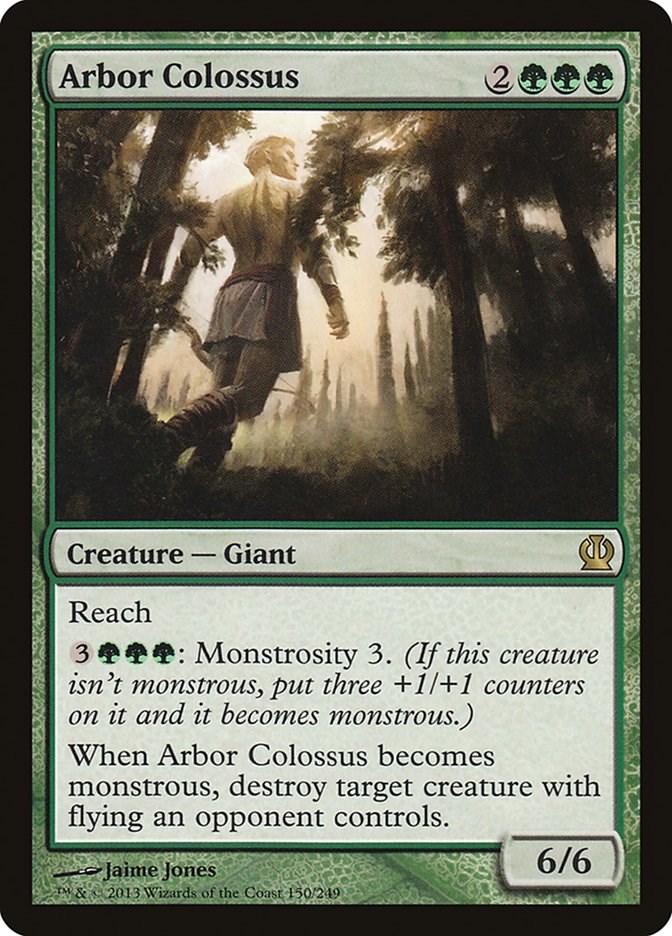
Monstrosity in Competitive Play
While not dominating competitive play, the monstrosity mechanic in Magic: The Gathering has had moments of significance. It’s often recognized for its potential to drastically alter the battlefield, especially in the late game, due to its typically high mana cost. This aspect of Monstrosity makes it a strategic tool in specific scenarios rather than a staple in all deck types.
Regarding its reception and performance in competitive MTG, Monstrosity has seen limited but notable success. Due to the high cost associated with activating Monstrosity, many cards with this mechanic have not been mainstream in competitive play. However, a few standout cards have found their place in competitive decks. For example, Arbor Colossus was known as a strong sideboard card in many green ramp decks thanks to its ability to deal with flying creatures effectively. Polukranos, World Eater, and Stormbreath Dragon are other examples that have had a significant impact, particularly in Standard formats. These cards showcased the ability of Monstrosity to influence the game state, providing both a strong board presence and utility through their monstrous abilities.
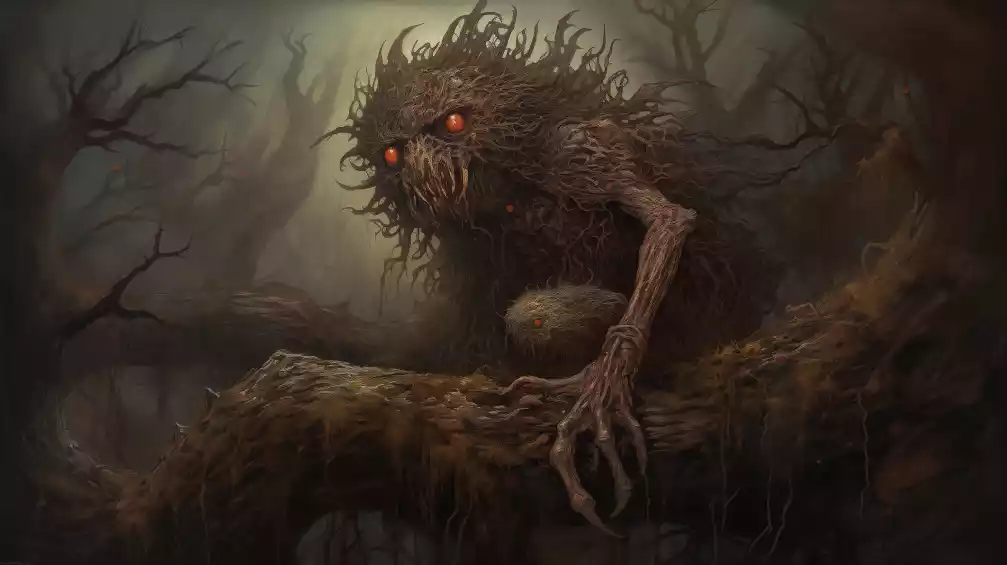
Wrapping Up
The overall impact of Monstrosity in MTG is characterized by its strategic depth. It allows for game-changing plays and offers a dynamic element to deck building and gameplay. While it’s a powerful mechanic, its high cost and the fact that it can only be activated once per creature make it a more situational tool in a player’s arsenal.
The future of Monstrosity in MTG hinges on how it’s integrated into new card designs and the evolving metagame. While the mechanic might not be at the forefront of every competitive format, its influence on deck-building strategies and gameplay decisions is undeniable. Players who can effectively incorporate and leverage Monstrosity within their strategy will likely continue to find success in specific metagame environments.

